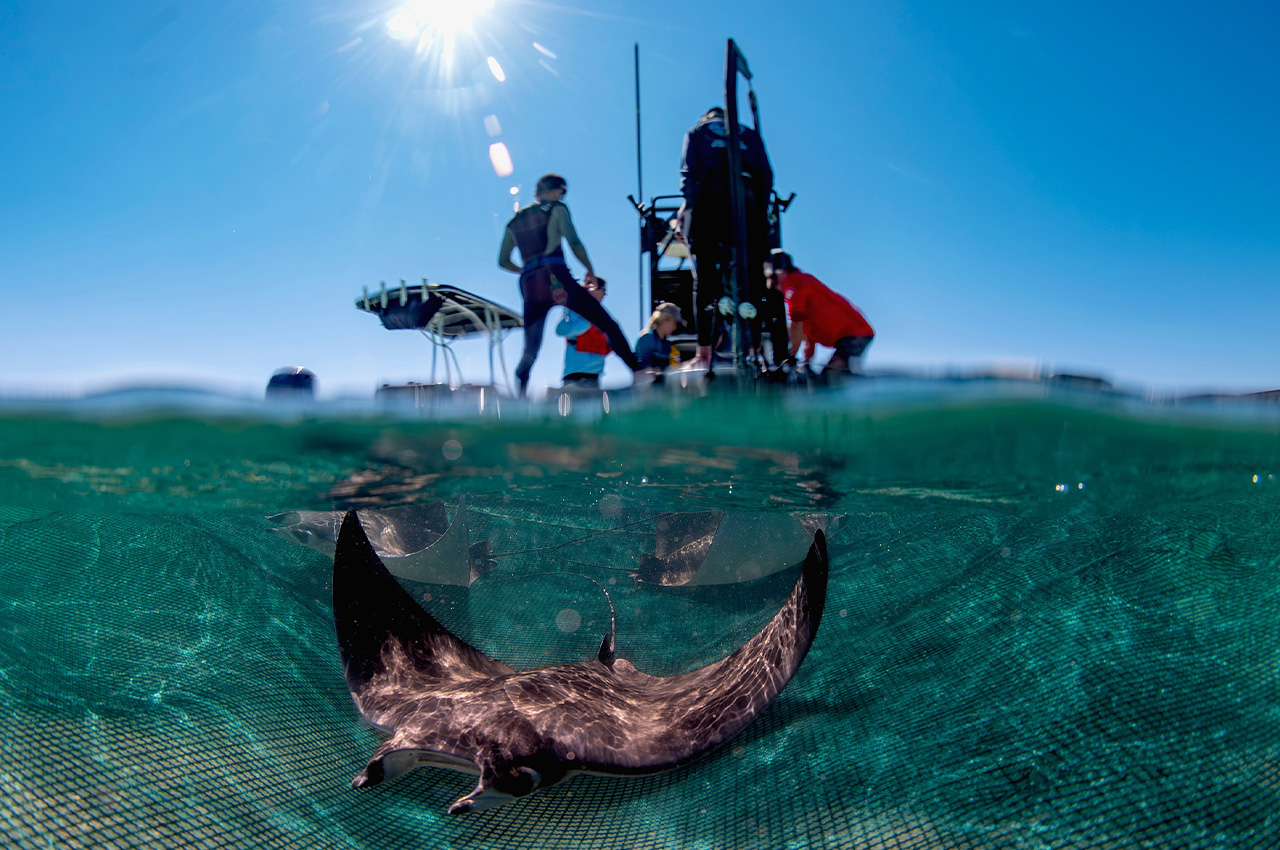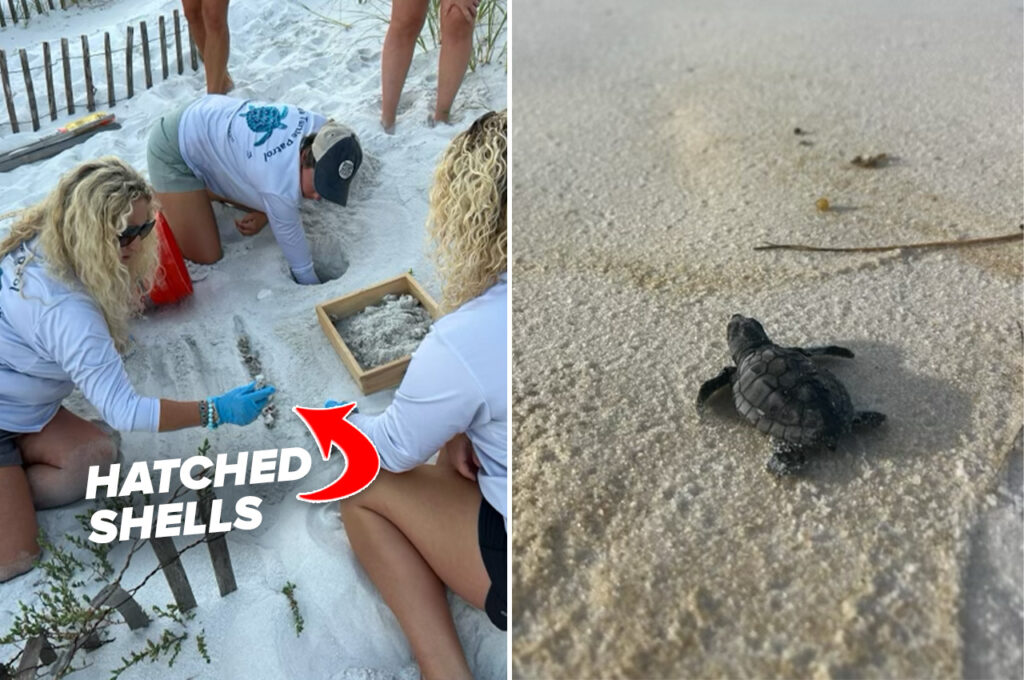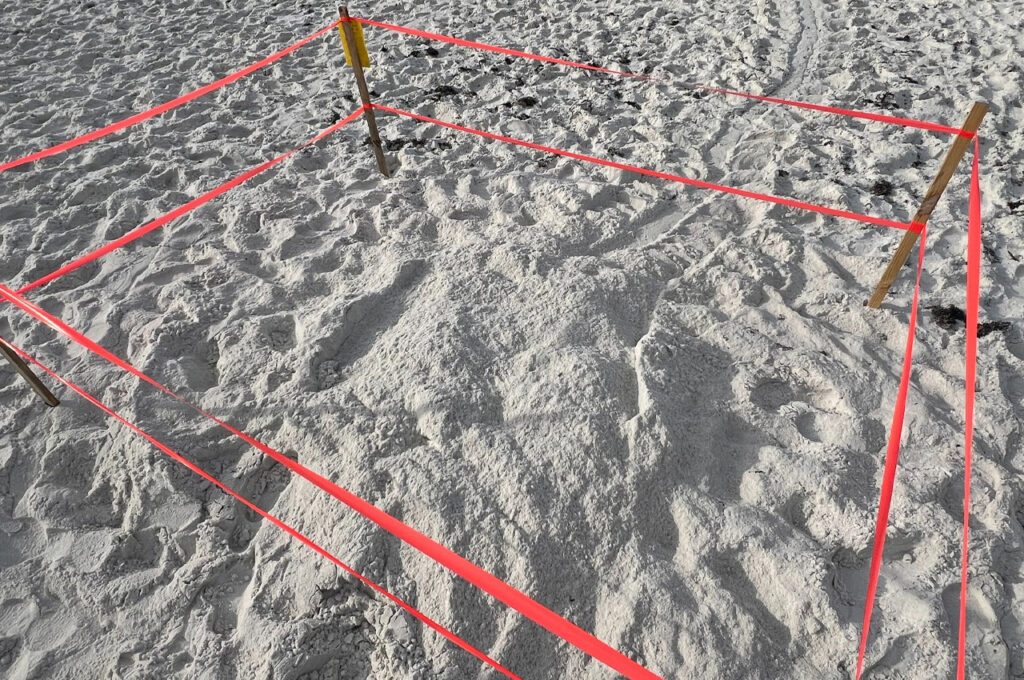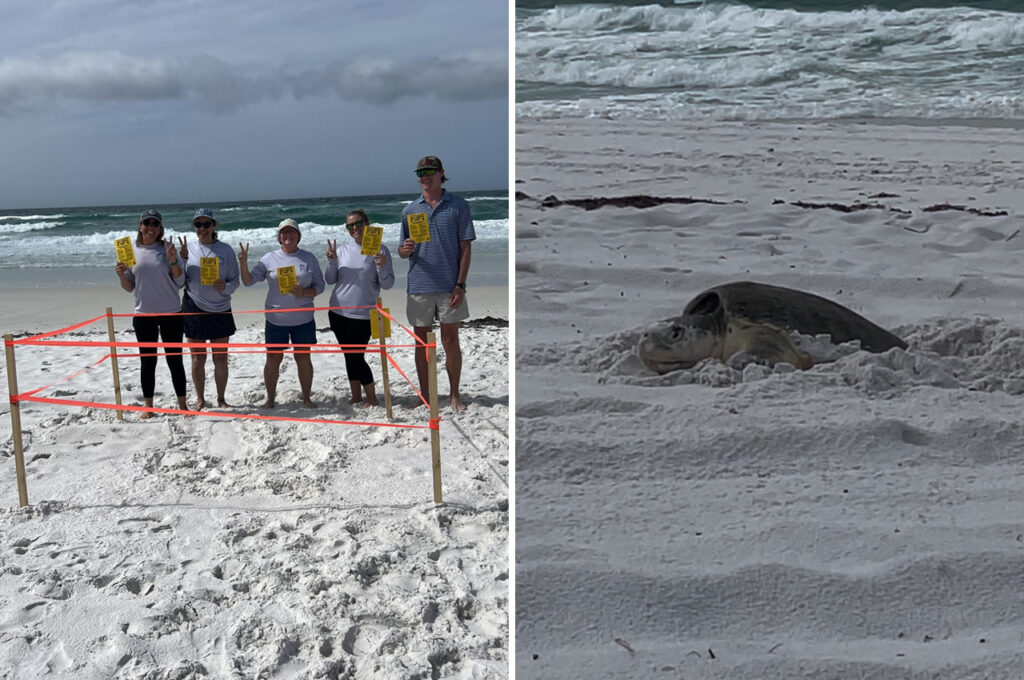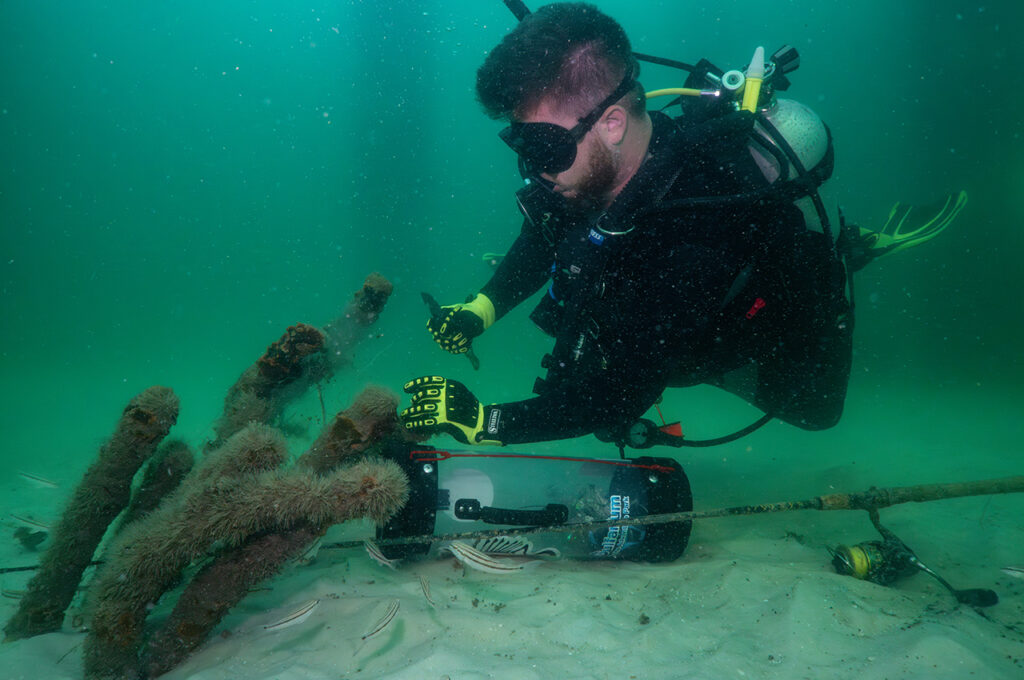Last month, the Okaloosa Coastal Resource Team and Mote Marine Laboratory & Aquarium researchers came together to tag a record number of endangered devil rays off the Destin-Fort Walton Beach coast, aiming to better understand the species’ migration patterns and inform future conservation efforts.
The collaborative research project builds on similar tagging work conducted last November when the team first began studying devil rays in Northwest Florida. Over the course of five days on the water this November, the researchers sampled and tagged a total of 47 devil rays.
“We didn’t really know what to expect. Last year, we were hoping for anywhere between 15 to 30 devil rays,” said Jessica Valek, Coastal Resource Coordinator with the Destin-Fort Walton Beach Tourism Department. “This year, we were able to tag 47 devil rays.”
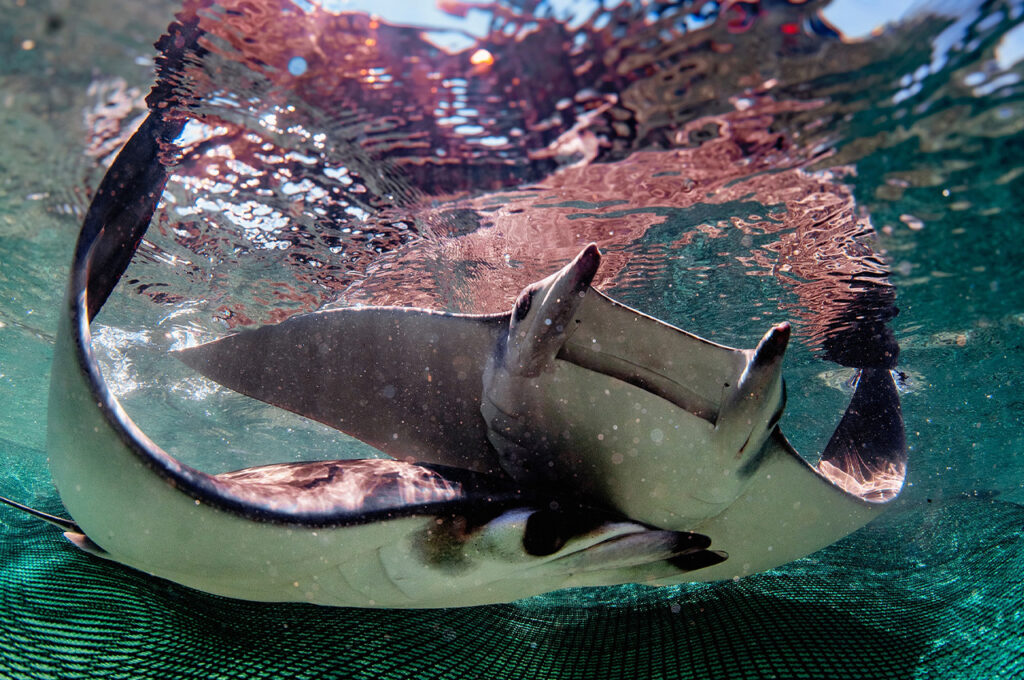
Of those 47 rays, 30 received small acoustic tags which will allow the research team to track their movements in areas where acoustic receivers have been set up. The receivers record when a tagged ray swims nearby, and the data is later downloaded to reveal where and when the animals were present.
- In addition to acoustic tags, all 47 rays received a Passive Integrated Transponder (PIT) tag, similar to a microchip implanted in pets. The PIT tags provide individual identification numbers for each ray and allow researchers to know if a ray has been caught before and therefore measure growth rates and maturity changes.
The research team also took biological samples, measurements and photos to benefit additional research projects aimed to better understand the species. During the tagging work, they made an interesting discovery about what could bring the devil rays to the area each fall.
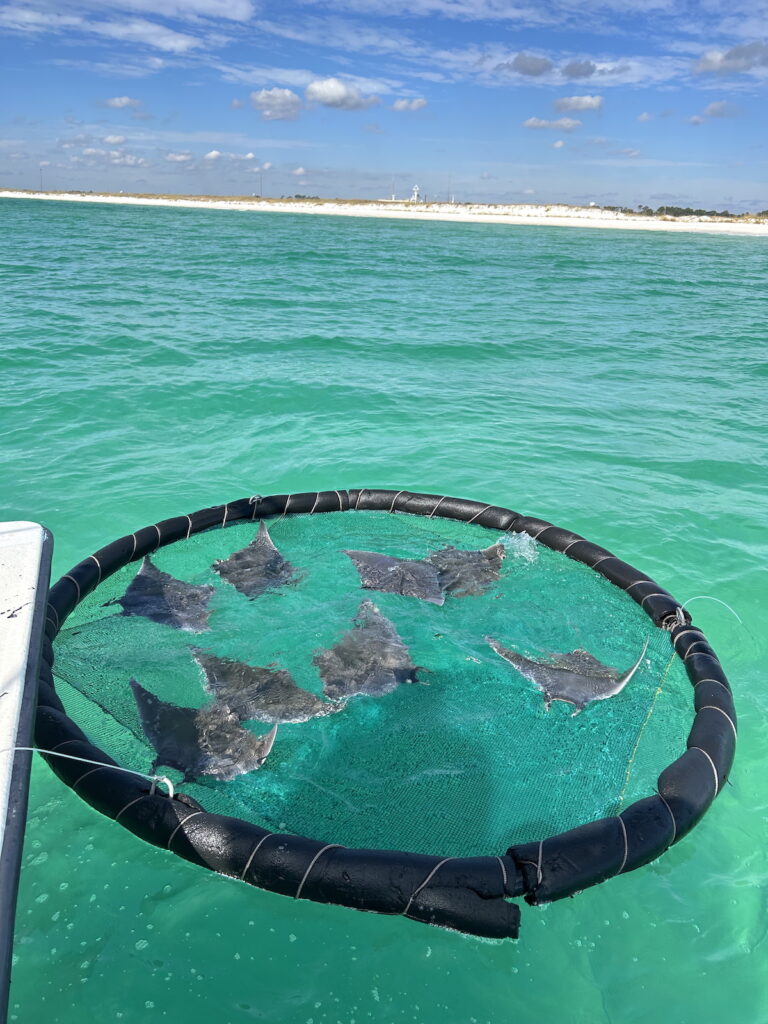
“With a few of the rays that we caught one day, you could tell that they were actively feeding and see what they were feeding on in the water,” Valek said. “We actually scooped up a couple of samples and we found that it was mysid shrimp.”
- The tiny mysid shrimp could be a food source drawing devil rays back to the shallow Destin-Fort Walton Beach waters year after year. Fecal samples collected from the rays will allow scientists to further analyze their diet.
When asked if the tagging process harms the animals, Valek emphasized they focus on safe handling procedures throughout the research. In fact, an acoustically tagged juvenile ray was recaptured exactly a week after tagging. According to MOTE, the ray was displaying typical, natural behavior such as feeding along the shore with two other juveniles.
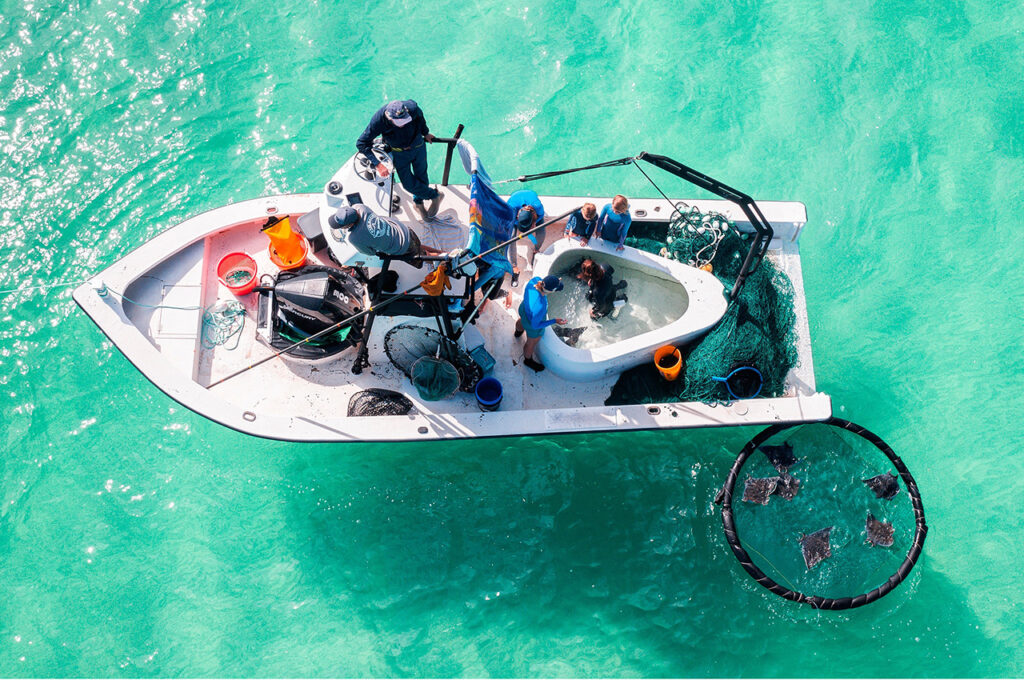
To round up devil rays for tagging, researchers deploy a weighted seine net from Mote Marine Laboratory’s research vessel. The net features floats along the top and weights along the bottom to hang vertically in the water.
When the team spots a small group of rays near the boat, they carefully maneuver the net around the animals by dropping one end into the water and driving the vessel in a circle. This surrounds the rays within the net corral.
A researcher then enters the enclosed area with a dip net in hand. One at a time, devil rays are transferred into a small holding tank on deck where measurements and samples are quickly obtained. Within minutes, acoustic tags and microchips are inserted before the rays are released back into the Gulf.
Throughout the rapid process, pumps circulate fresh seawater into the onboard tank to keep the animals comfortable. The research team says they prioritize safe handling procedures for the endangered species.
- “With our specialized research boat and trained team, we make sure that the entire sampling and tagging process is minimal and quick.,” said Mote Research Biologist Kim Bassos-Hull, project Co-PI. “After procedures are completed we monitor the rays’ safe release back into the Gulf”.
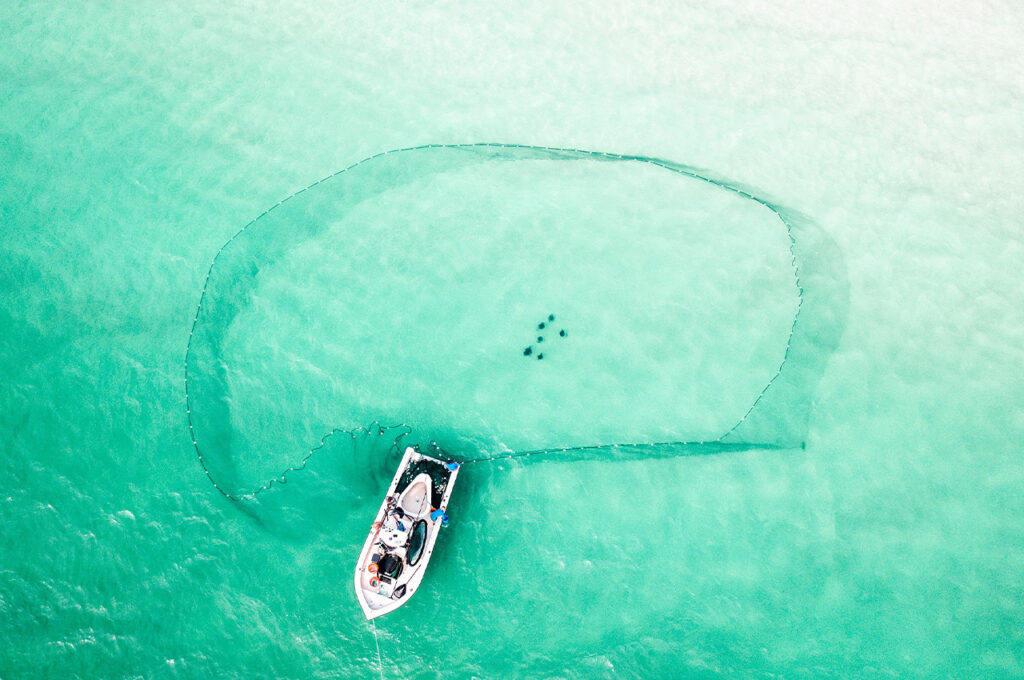
In addition to the 30 acoustic tags and 47 PIT tags, two larger devil rays also made history by becoming the first of their kind to receive satellite tags. While typical satellite tags relay location data each time the animal surfaces, these specialized Wildlife Computers microPAT tags record depth, temperature and time of day while attached on the rays for several months before automatically releasing and reporting the data to the satellites once at the surface.
- The researchers attached one tag to a male and the other to a female.
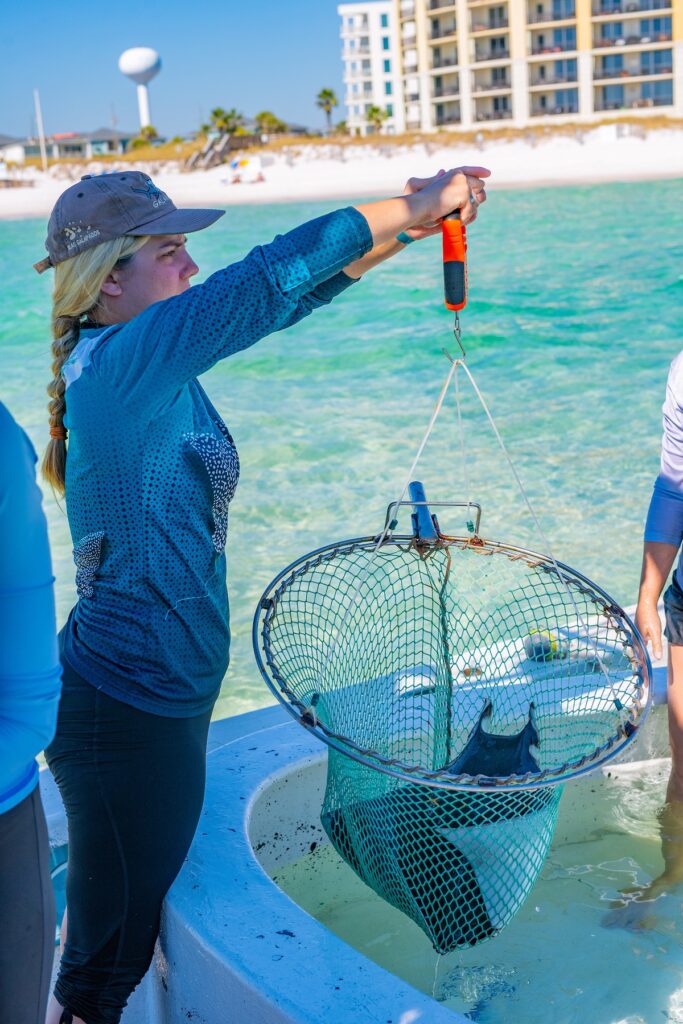
By understanding where the devil rays travel throughout the year, what brings them to Northwest Florida seasonally, and what threats they face, researchers hope to inform future management and conservation strategies for the endangered population.
The project was funded through a grant awarded by the Save Our Seas Foundation, with additional support from Georgia Aquarium and Mote Scientific Foundation and all research and procedures were conducted under permit FWC SAL-23-1140-SRP.
Valek said while they still have much more to learn in coming years, the 30 acoustic tags deployed this season will provide significantly more data on the devil rays’ regional movements and behavior patterns. You can help Mote researchers by reporting your devil ray, manta ray and eagle ray sightings to their webpage link at www.mote.org/raysightings
- “The more years that we continue this project, the more we’re going to learn from it,” she said. “Hopefully we’ll start seeing some sort of trend or pattern in what our tagged rays are doing.”

